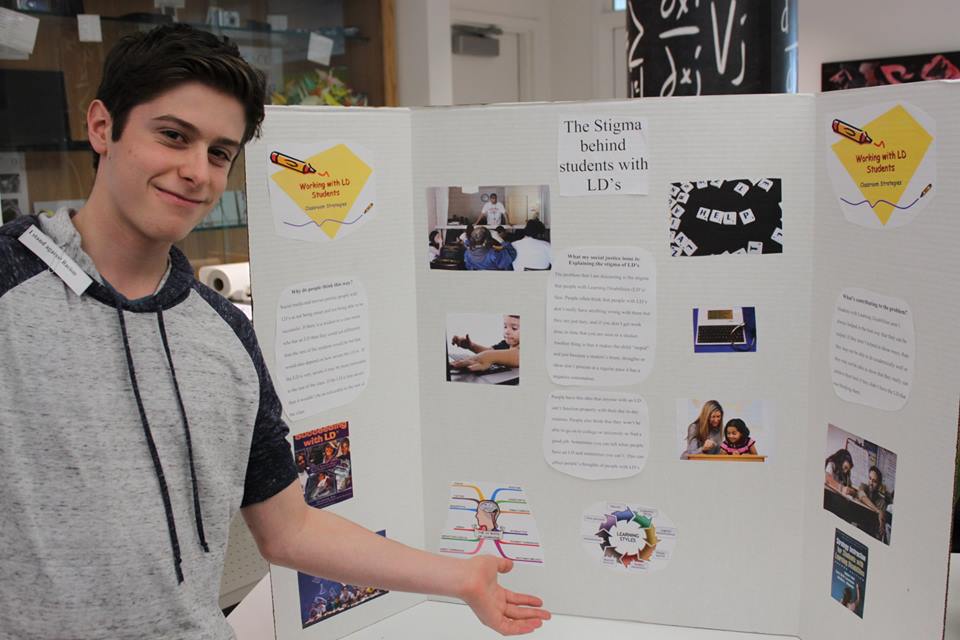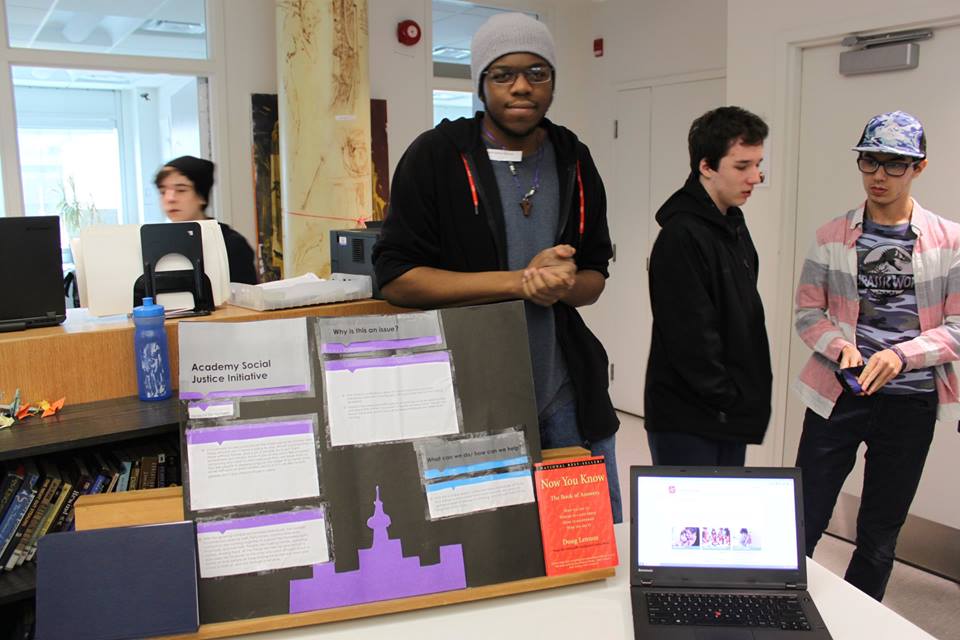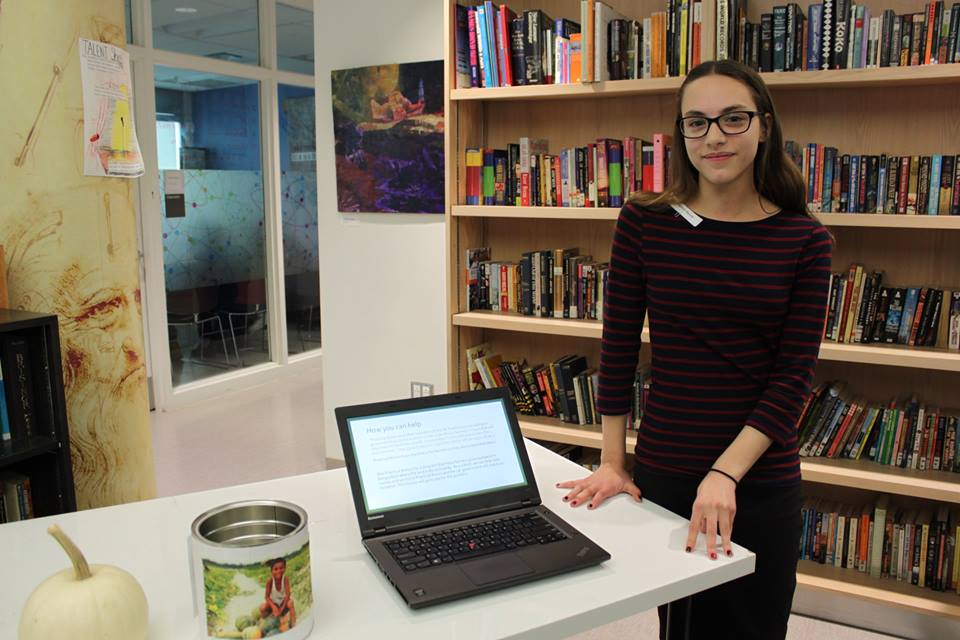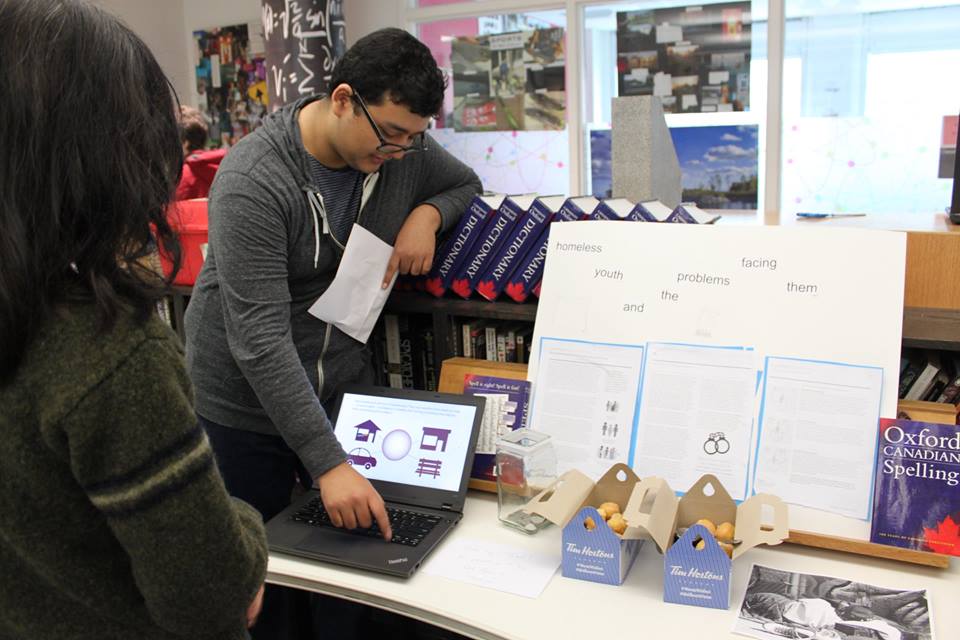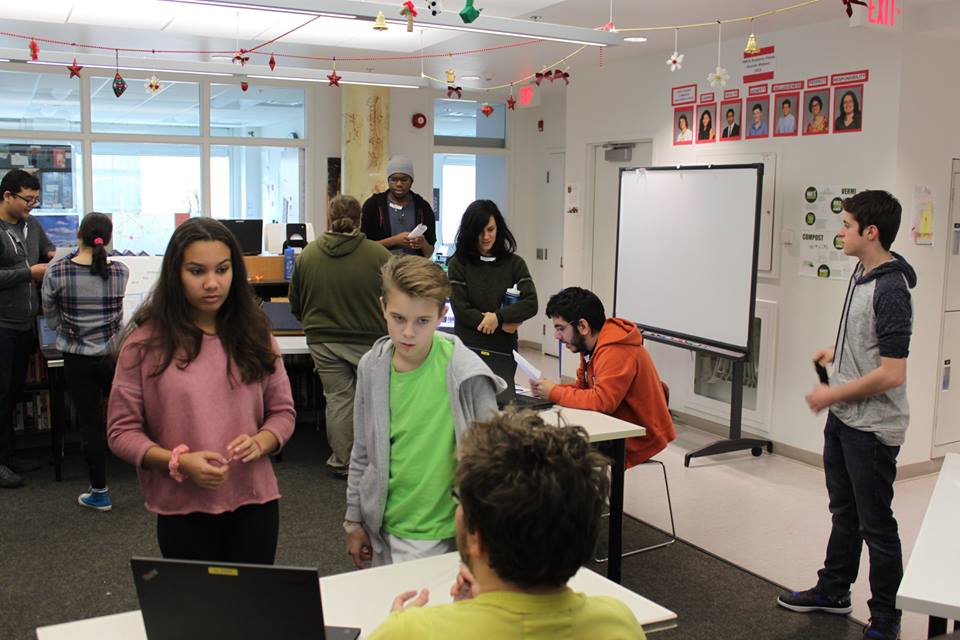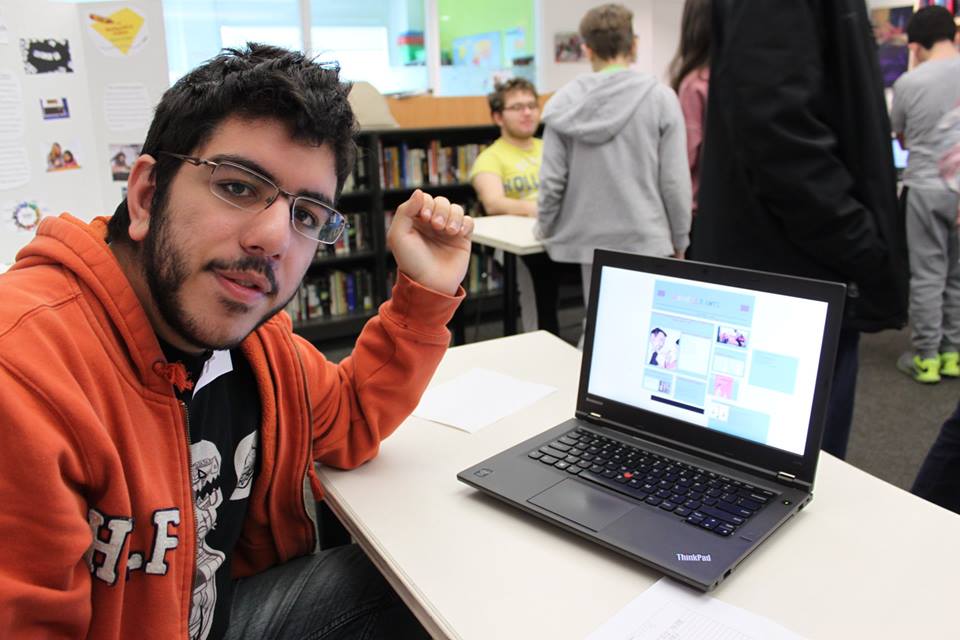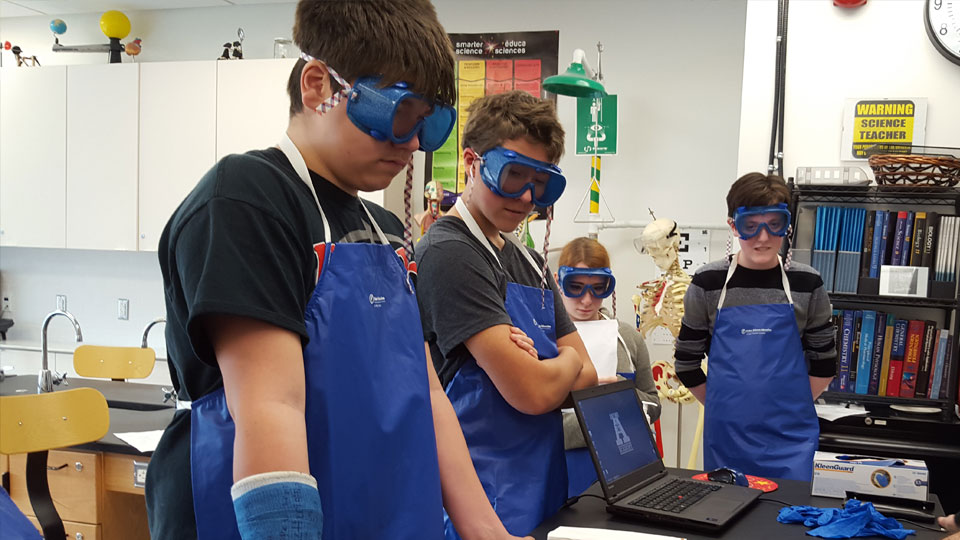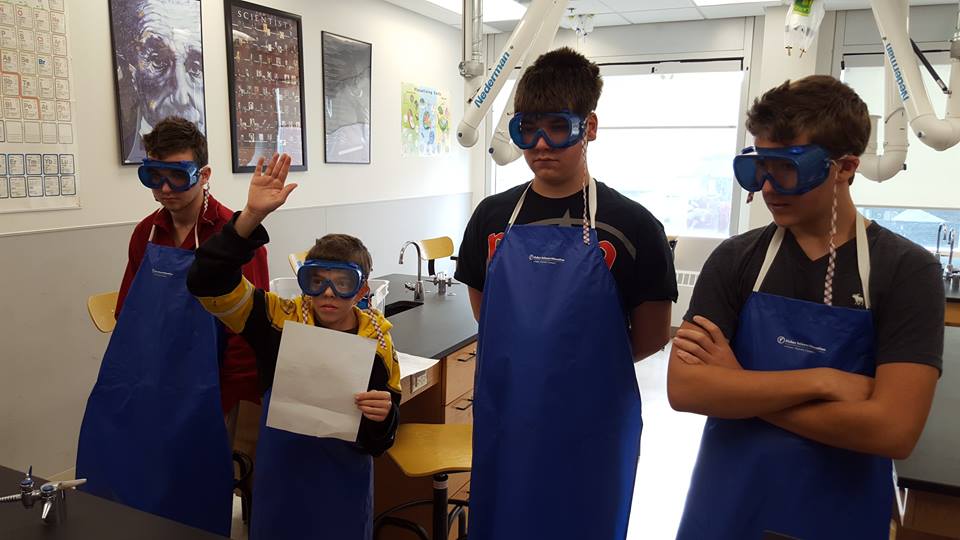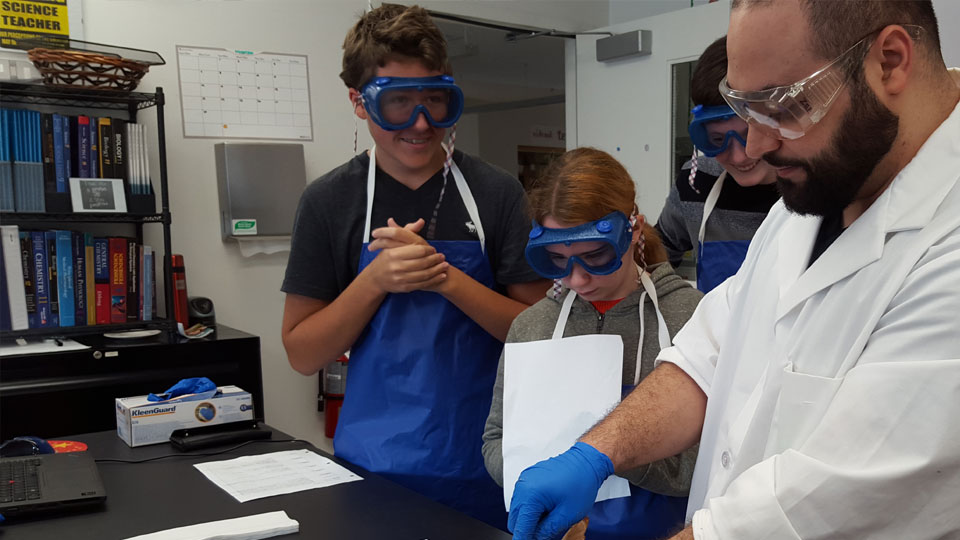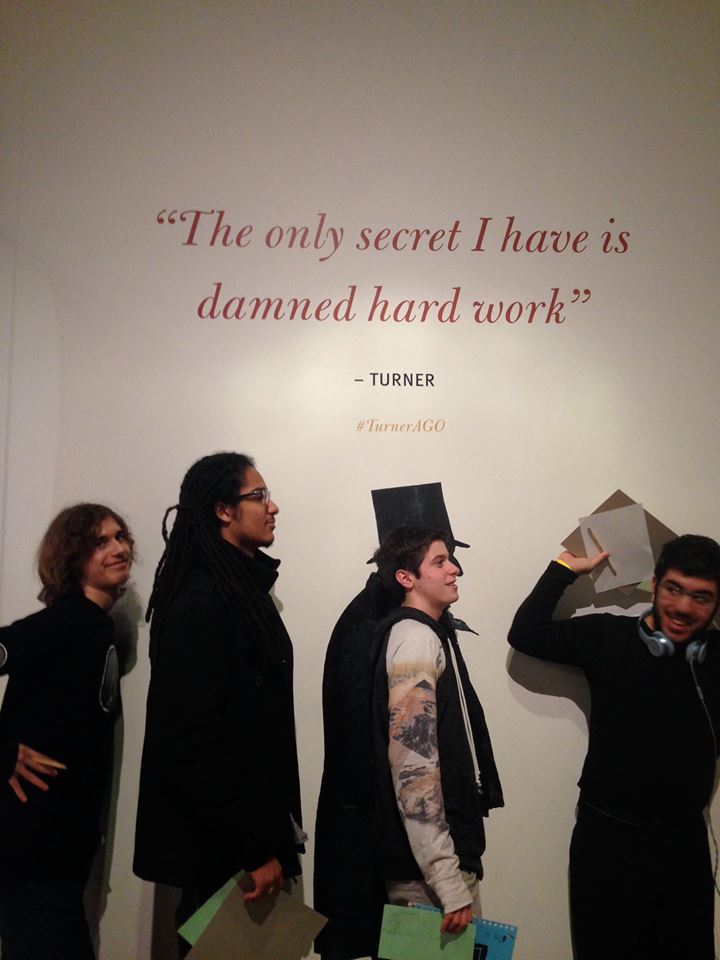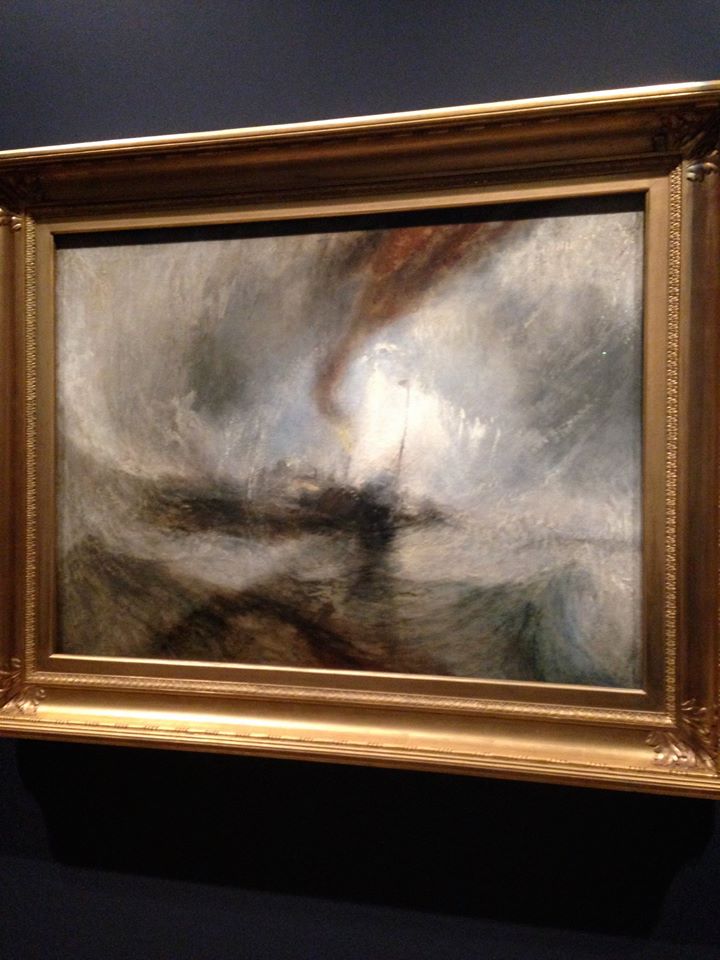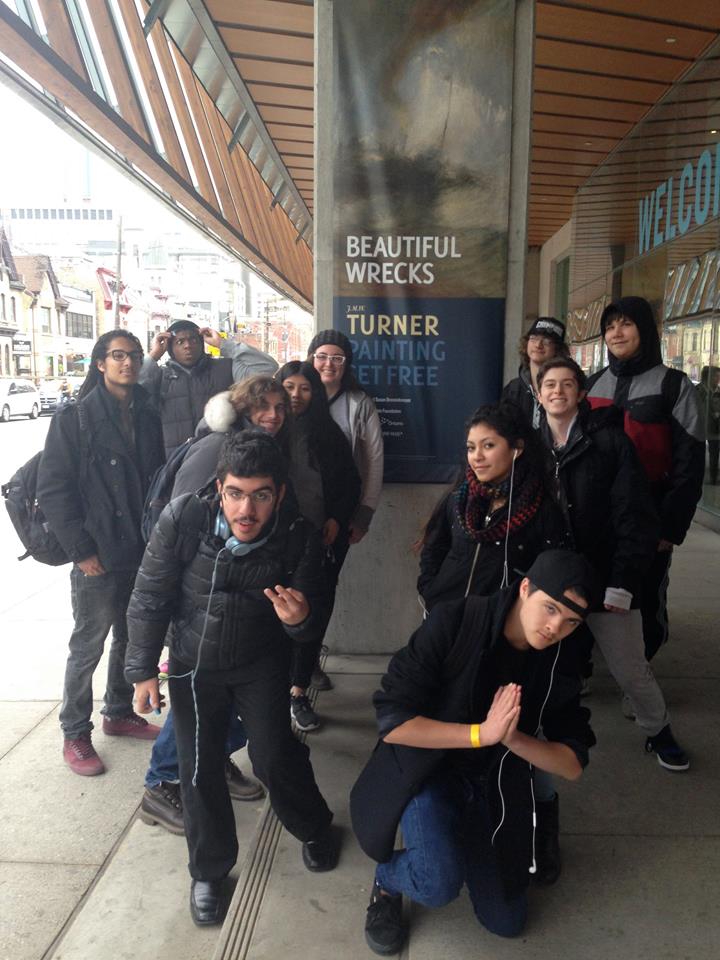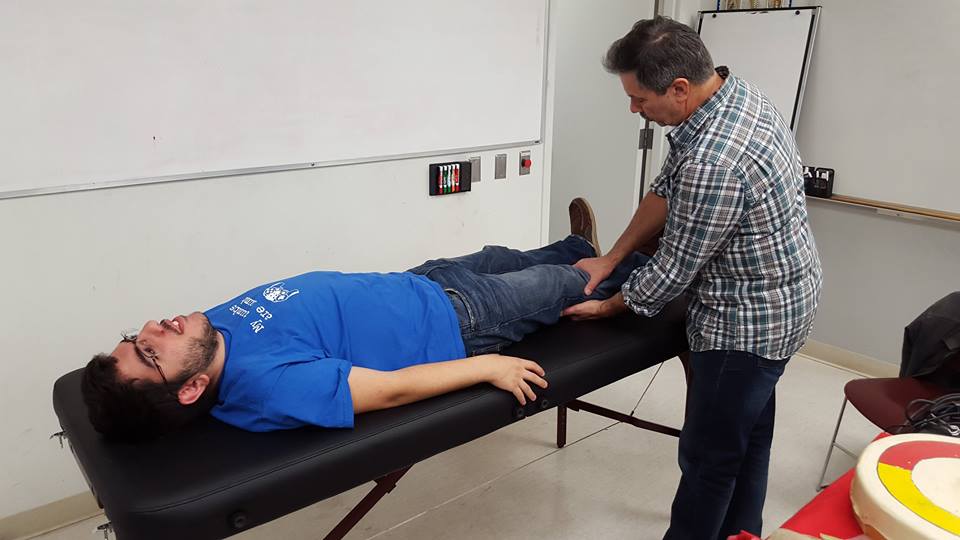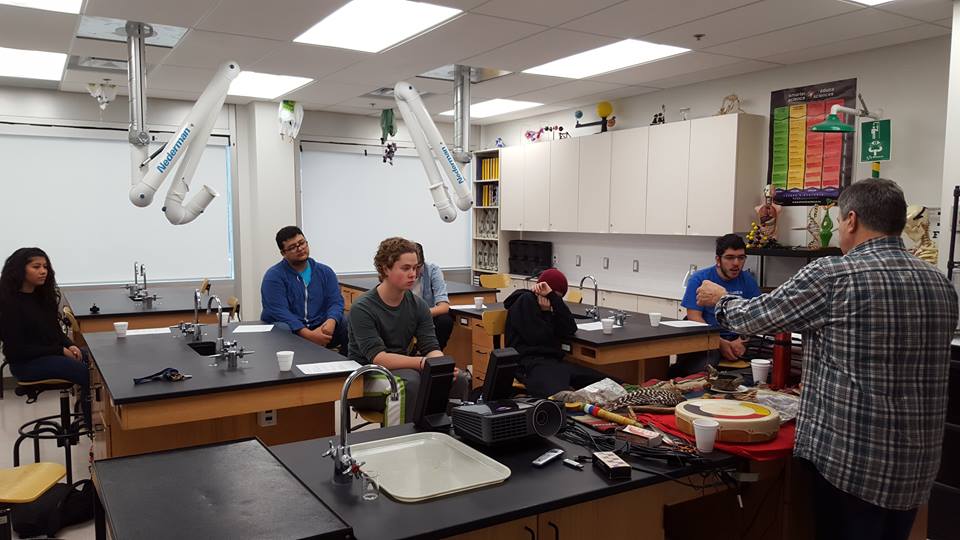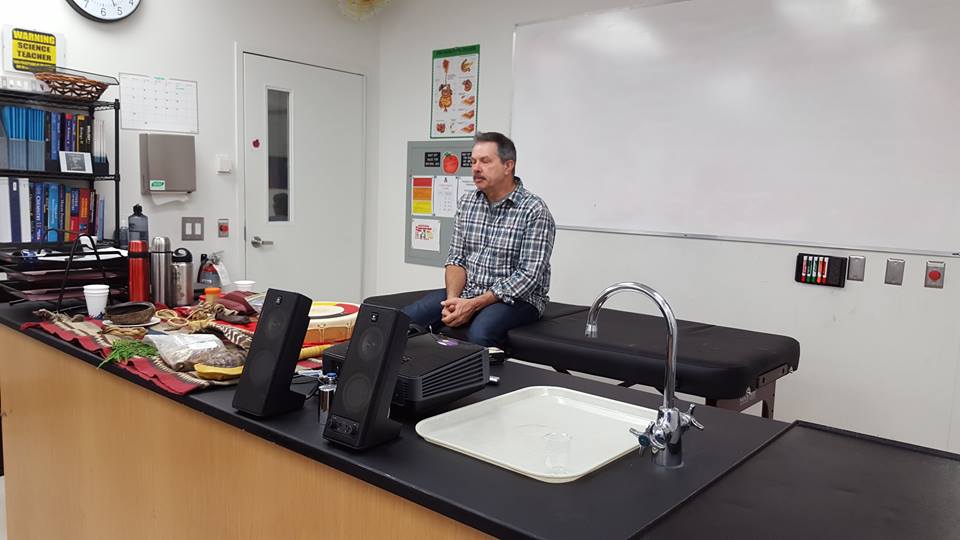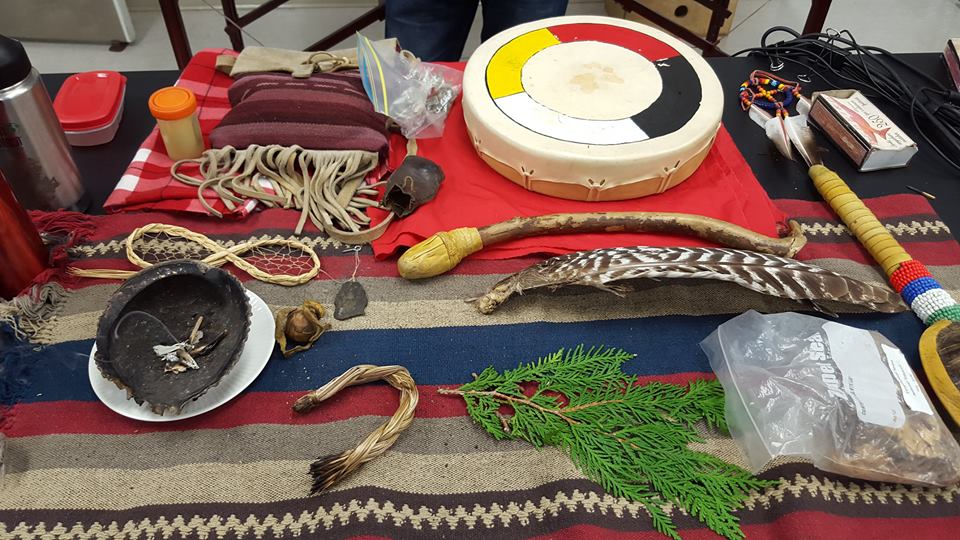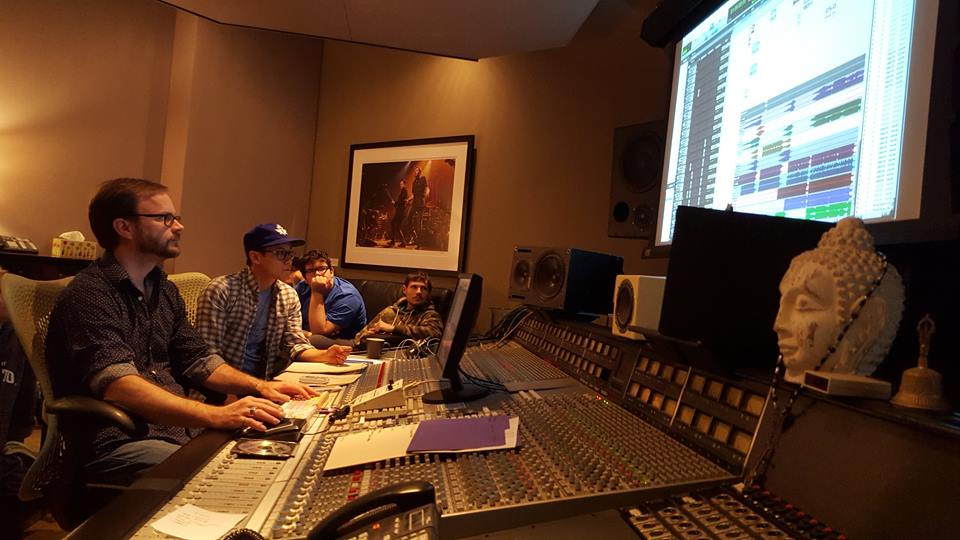
12347662_10153319478527549_3185824307585854475_n
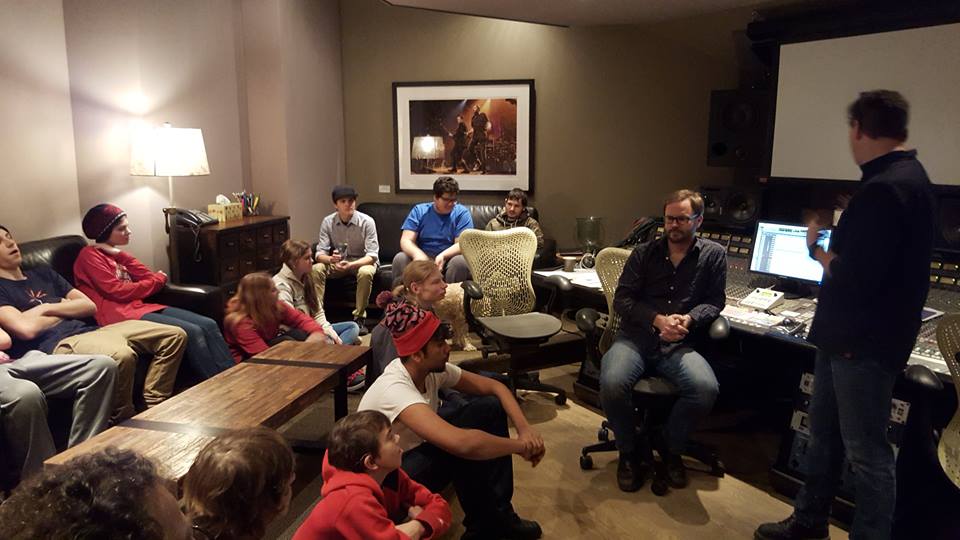
11225298_10153319478352549_6243938624012609075_n
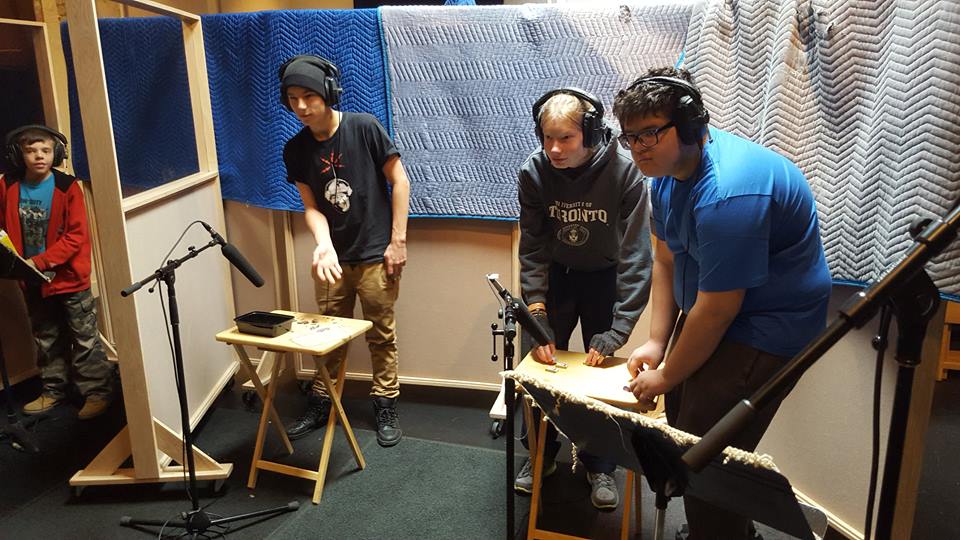
12313960_10153319478817549_4188190641779095558_n

12342529_10153319479217549_195077126183125727_n
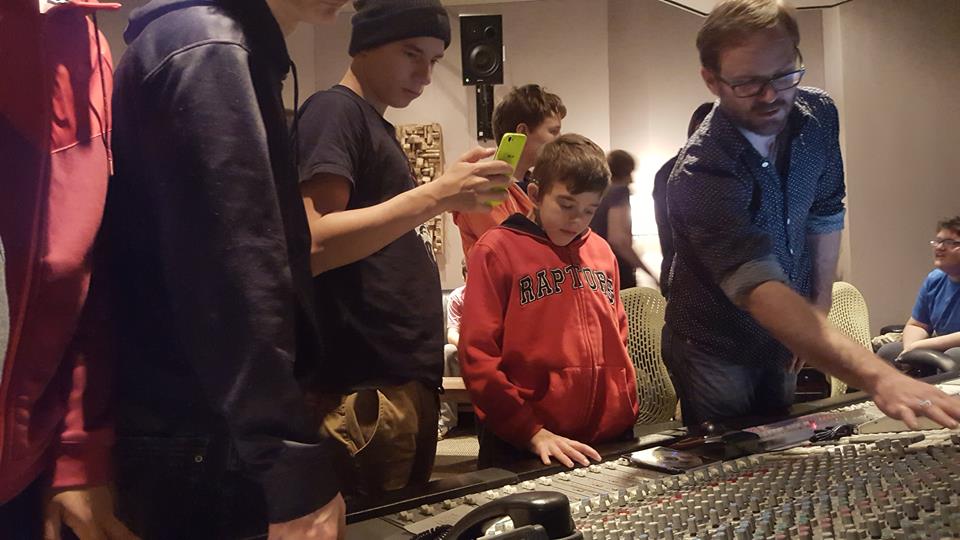
12308580_10153319479252549_3439500925546642531_n
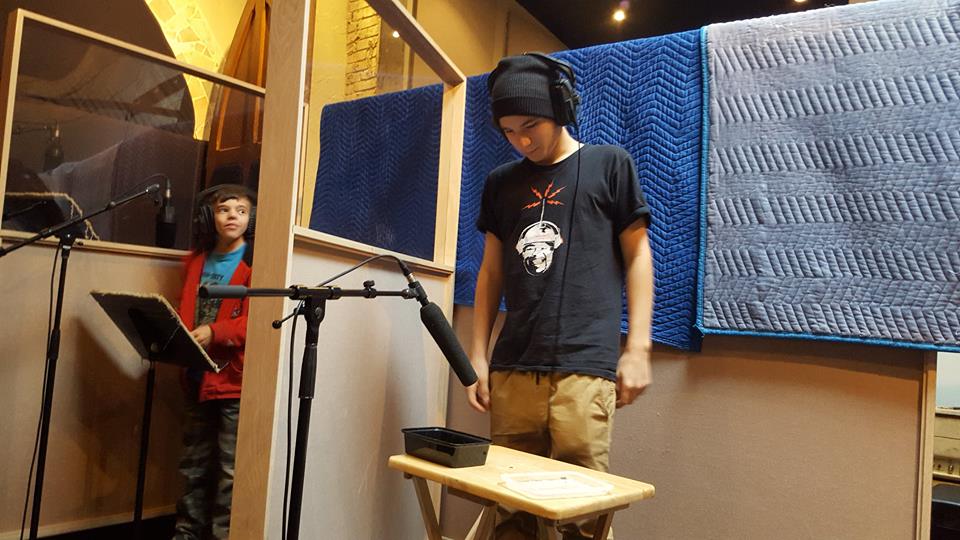
12366213_10153319478652549_3075366328711078536_n
As part of a unit on the world of sound, the Academy’s two Grade 10 Communications Technology classes travelled to Tattoo Sound + Music earlier this week.
Dana, Steve, and the Tattoo staff spent their morning conducting an interactive, hands-on workshop for the group. Students learned about the process of creating a rich sonic tapestry, how to get started in the industry, what it’s like to work with major clients, and how the equipment in a professional recording studio works. Then, volunteers from each class got behind the microphones and recorded some foley sound effects for a commercial!
Authentic learning experiences like these are vital and highly engaging opportunities for students to build on and apply the skills they learn in class. The Academy group asked many excellent questions, and were excited to learn that some major musical stars had once graced the very spot where they stood.
But we couldn’t do it without support from people like Dana, Steve, and the Tattoo Sound + Music crew, who opened their doors to the school and took time out of their busy schedules to enrich our students’ learning. You can read more about our commitment to experiential learning here.
Check out the rest the rest of the pictures on our Facebook page!

